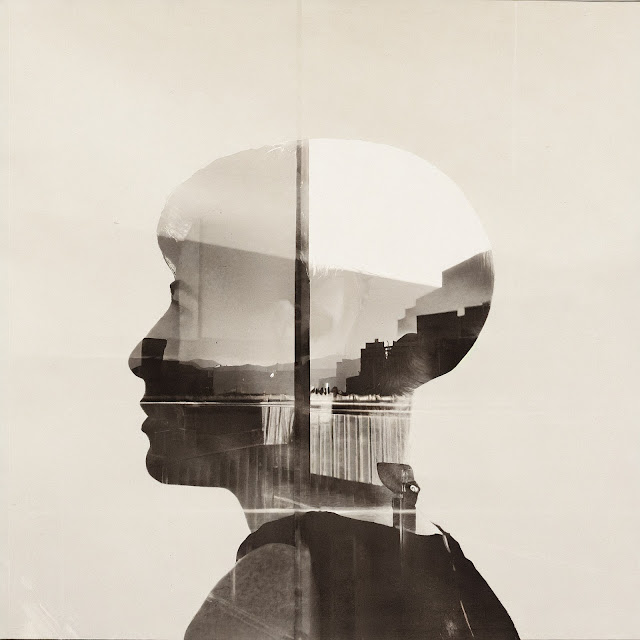CCC FAQ #3 : What makes a film contemplative?
Contemporary Contemplative Cinema Frequently Asked Question #3 :
Contemplative films have all a distinctive tone and it’s due presumably to their minimalistic form. We know so many films from so many genres are considered « contemplative », therefore their unique aesthetic spans across various narrative conventions and stylistic devices, always taking the longest journey to get there (if ever) and wearing the most minimum attire. They give a name to the naked truth. Not only slow by nature (with long takes and unhurried actions), but also inclined to driving the lows (dead times) to their extremities, Contemplative Cinema shines through its absence of histrionics and tension. It gives space to wanderings and time to self-reflection. A contemplative film is the vehicule of your own introspective ascent, pensive somnolence, insightful contemplation. Although meditation has eyes wide shut, inward and solipstic, to the tune of melodic sounds, contemplation, however, has eyes wide open, the regard turned outward to the world, receptive to the profound murmure of silence.
A film is contemplative if its heart is offset, if its vision is redundant, if its pacing is impassible, if its curiosity is unmoved, if its desire is oblivious, if its composure is serene, if its structure is detached, if its levity is nonchalant.
The contemplative aspect of a film resides in the room it leaves for the spectator’s attention. The audience has a mind of her own and embarcks on an improbable exploration, everyday for the first time, like you never bath in the same river twice. Because these films are a receptacle for reverie and trance, a gateway to the transcendent ineffable.
CCC FAQ #3 : What makes a film ‘contemplative’?
Contemplative films have all a distinctive tone and it’s due presumably to their minimalistic form. We know so many films from so many genres are considered « contemplative », therefore their unique aesthetic spans across various narrative conventions and stylistic devices, always taking the longest journey to get there (if ever) and wearing the most minimum attire. They give a name to the naked truth. Not only slow by nature (with long takes and unhurried actions), but also inclined to driving the lows (dead times) to their extremities, Contemplative Cinema shines through its absence of histrionics and tension. It gives space to wanderings and time to self-reflection. A contemplative film is the vehicule of your own introspective ascent, pensive somnolence, insightful contemplation. Although meditation has eyes wide shut, inward and solipstic, to the tune of melodic sounds, contemplation, however, has eyes wide open, the regard turned outward to the world, receptive to the profound murmure of silence.
A film is contemplative if its heart is offset, if its vision is redundant, if its pacing is impassible, if its curiosity is unmoved, if its desire is oblivious, if its composure is serene, if its structure is detached, if its levity is nonchalant.
The contemplative aspect of a film resides in the room it leaves for the spectator’s attention. The audience has a mind of her own and embarcks on an improbable exploration, everyday for the first time, like you never bath in the same river twice. Because these films are a receptacle for reverie and trance, a gateway to the transcendent ineffable.
 |
| (AI generated image) |
Read also at Unspoken Cinema:
Comments